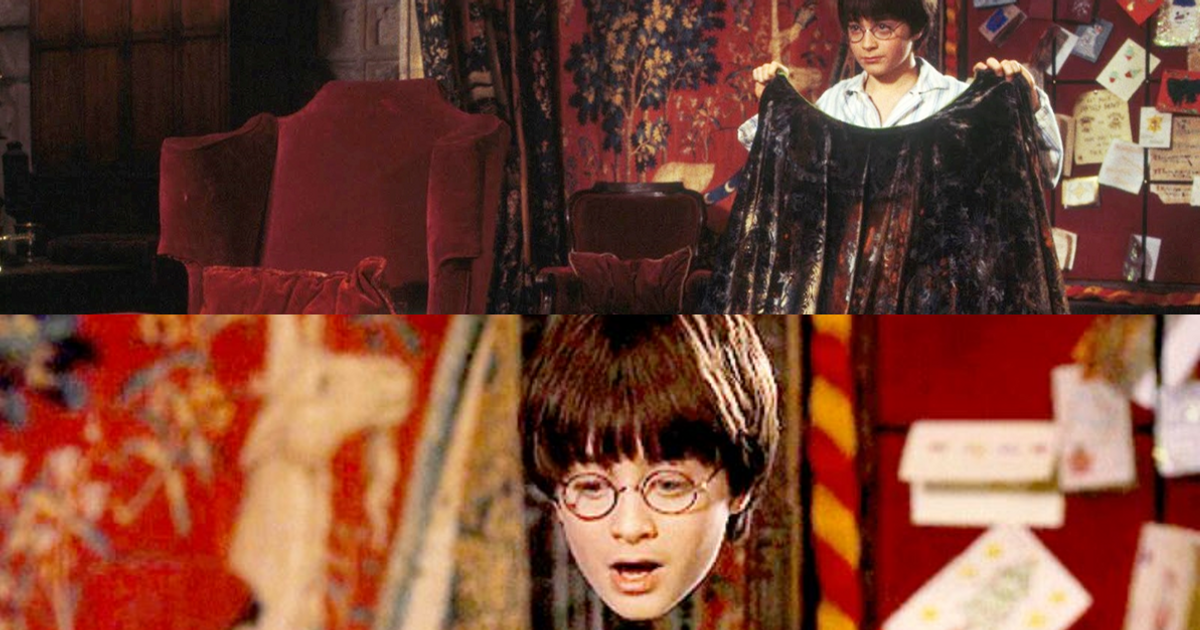Time and again, technology has proven that the stuff we see in science fiction doesn’t have to remain within books and movies. However, there are some things that technology cannot duplicate.
Last week, (though I refuse to believe it) we saw science explaining why Star Wars’ lightsabers can’t work in the real world. Now, science is taking a stab at Harry Potter’s invisibility cloak. Apparently, perfect invisibility cloaks are scientifically impossible.
According to Phys.org, physicists Jad Halimeh and Robert Thompson from the Ludwig Maximilian University of Munich and the University of Otago, New Zealand, respectively, have written a paper disproving the possibility of Harry Potter’s invisibility cloak.
In the research, Halimeh and Thompson explains that the best invisibility cloak replica can only hide an object from some viewers. However, some people will still be able to detect light distortions that would eventually reveal that object. To put things in science fiction perspective, the best real-life invisibility cloak will only have abilities of translucent creatures from the movie Predator.
Halimeh explains:
In principle, what this paper shows is that invisibility cloaking is not possible for all observers. Real invisibility cloaks will have to stay in the realm of fiction. Your cloak, if it is to be pragmatically broadband, will pretty much look like that of Predator, giving away what it hides via distortions when you move relative to it.
The research paper further explains that special relativity is the reason for an imperfect invisibility cloak. This is because the straight path over a space is always shorter than the path that curves around that space. Light needs to travel longer around a cloaked object as compared to if the cloaked object weren’t present. The time delay then results to visible distortions, therefore instruments will be able to detect them even if the naked eye cannot.
Another problem is the so-called Fresnel-Fizeau drag, which posits that if light travels through a moving medium, it will be moved by that medium as well. If a person under an “invisibility cloak” moves, light moves, therefore creating distortions.
The problem of real-life invisibility cloaks have been known by scientists before, but it’s Halimeh and Thompson’s research that calculated the problem as unsolvable.
Okay, so the bad news is invisibility cloaks can’t conceal moving objects, but the good news is that it’s still possible for the distortions to be reduced if the wearer is not in relative motion compared to its viewer.
Thompson also provides a slight glimmer of hope for some “would-be wizards”:
Although our results may be disappointing for would-be wizards, understanding the limitations of cloaking devices is actually important in real life. New technologies are beginning to emerge from cloaking research, and we're looking for effects that could either compromise the functionality of these technologies, or which could be exploited for some new practical purpose in the future.
I guess this means lightsabers aren’t totally improbable as well.
Explore new topics and discover content that's right for you!
Fandoms





